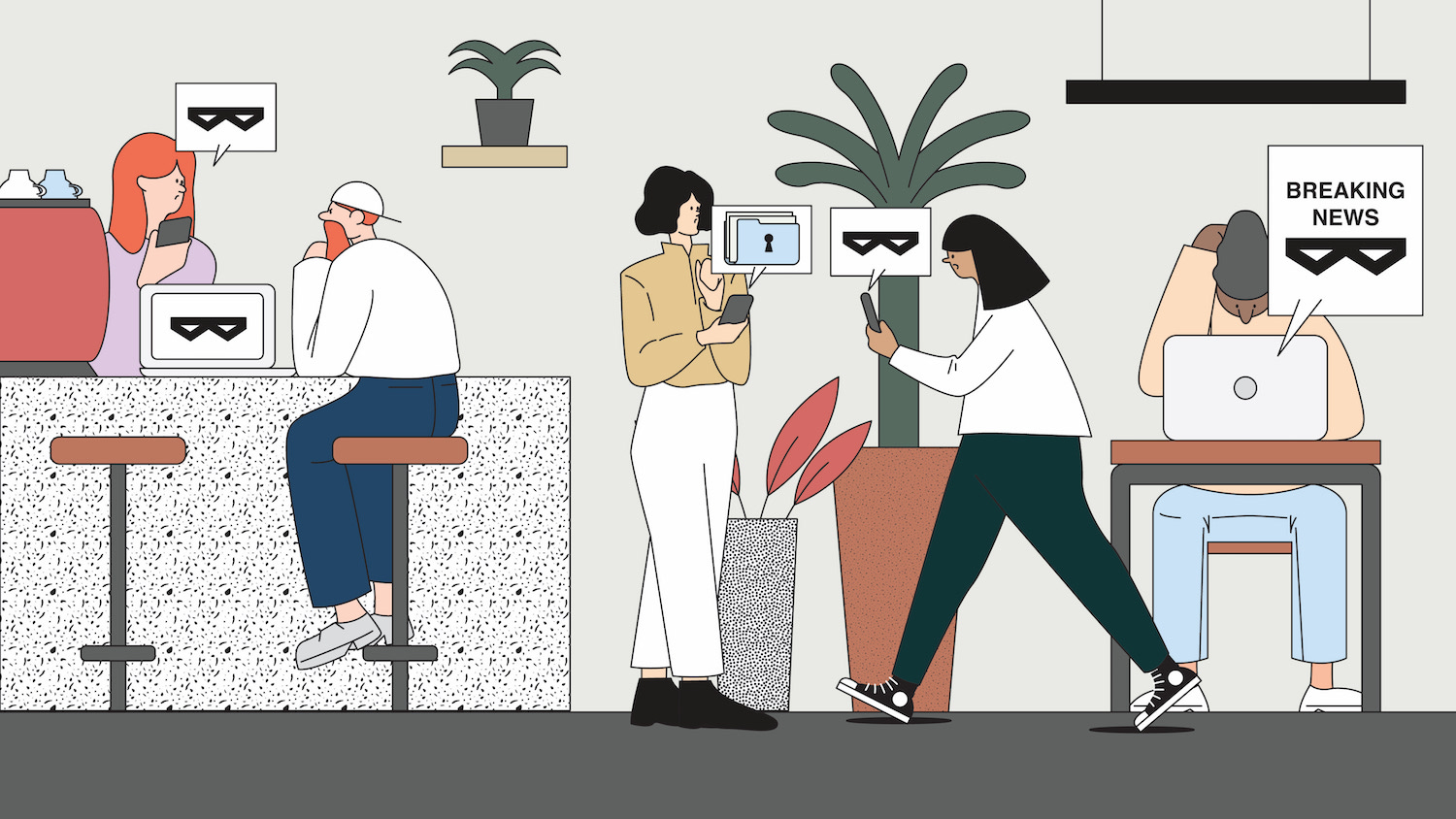Everyday Encryption
Everyday Encryption (2018) is a web-based, choose-your-own adventure game that educates people about why strong encryption matters. The project was completed while I was doing a fellowship at Human Rights Watch as a 2017-18 Ford-Mozilla Fellow. During my fellowship, I worked at HRW as a technologist and internet researcher, mentored by Cynthia Wong, senior internet researcher.
The project shows how encryption protects people in their daily lives and what may happen if encryption built into devices or software is deliberately weakened. The project also demonstrates how encryption helps protect people who often find themselves under disproportionate scrutiny, such as activists, communities of color, or domestic violence survivors. Digital security is not just a matter of using the right tools – it’s also tied up in social norms and practices.
On the Human Rights Watch website, you can read the press announcement and an interview I gave, as well as play the game yourself.


We also talk about encryption in transit, which is what happens when you visit a website, sending information back and forth across the Internet. You can tell if a website is encrypted if there’s a little lock icon beside the URL, or if the URL starts with https://. If it starts with http://, that means someone who may be snooping on your network—easy to do with the right tools—can see the information you’re sending back and forth.
We also talk about device encryption. In this case, is your phone or laptop encrypted? If someone stole it and tried to grab information from it, could they see your data? Or would they just see scrambled text? Encryption effectively scrambles your data, and only people with the right “key” can unscramble it. For most phone and laptop manufacturers, encrypting information is the default.

